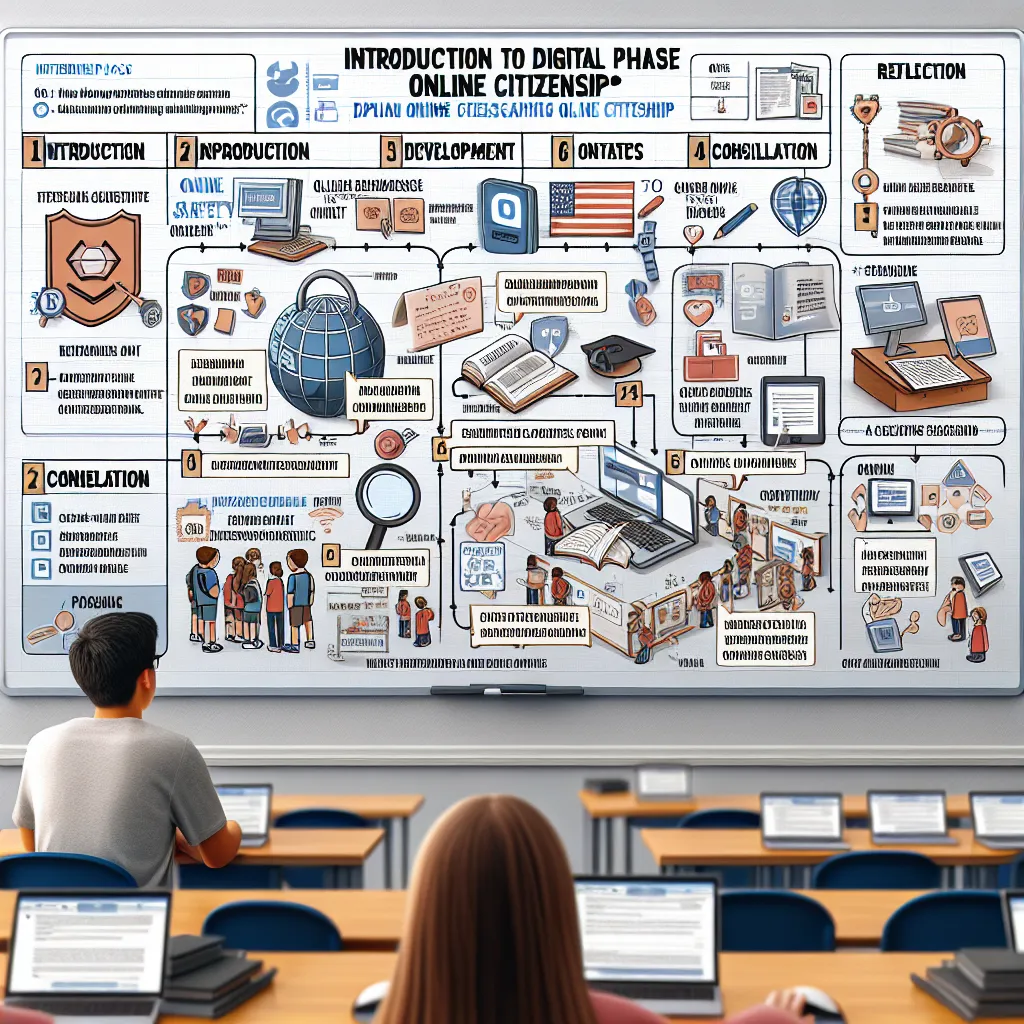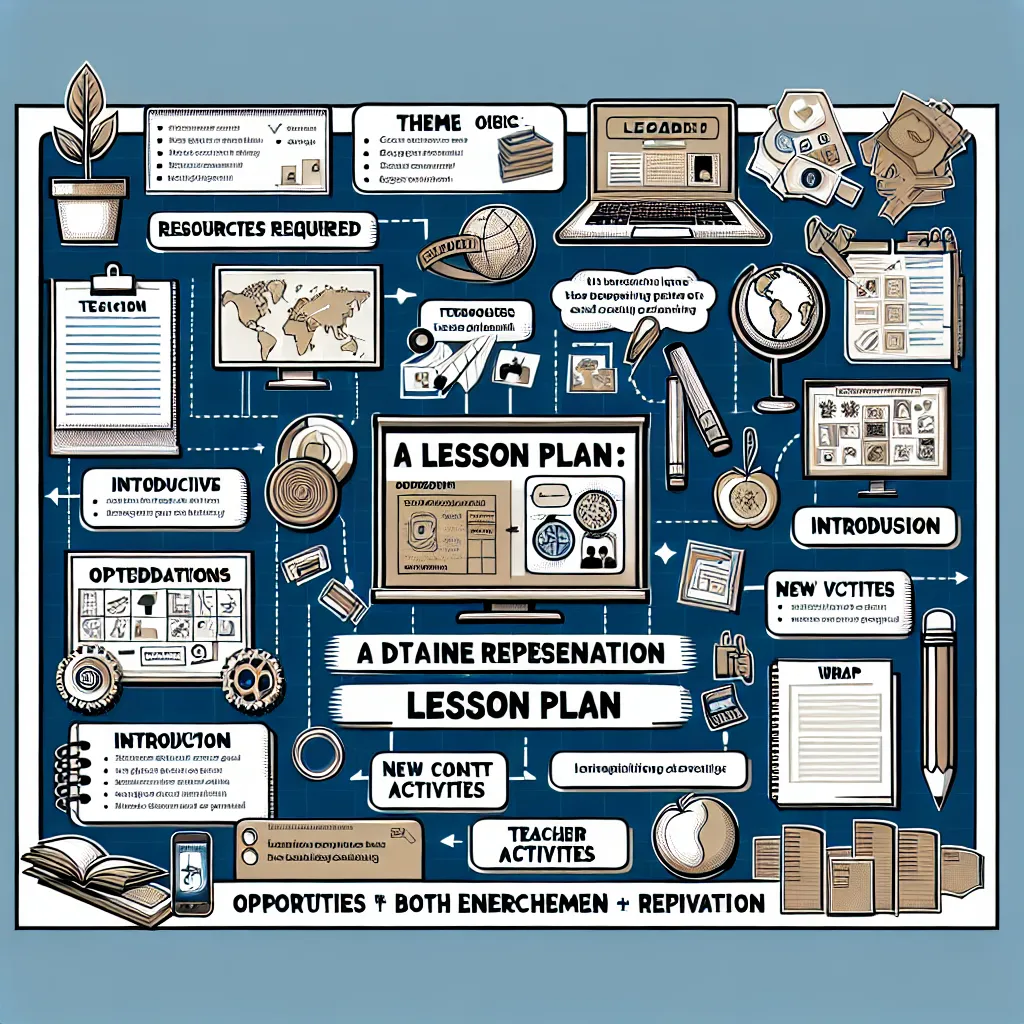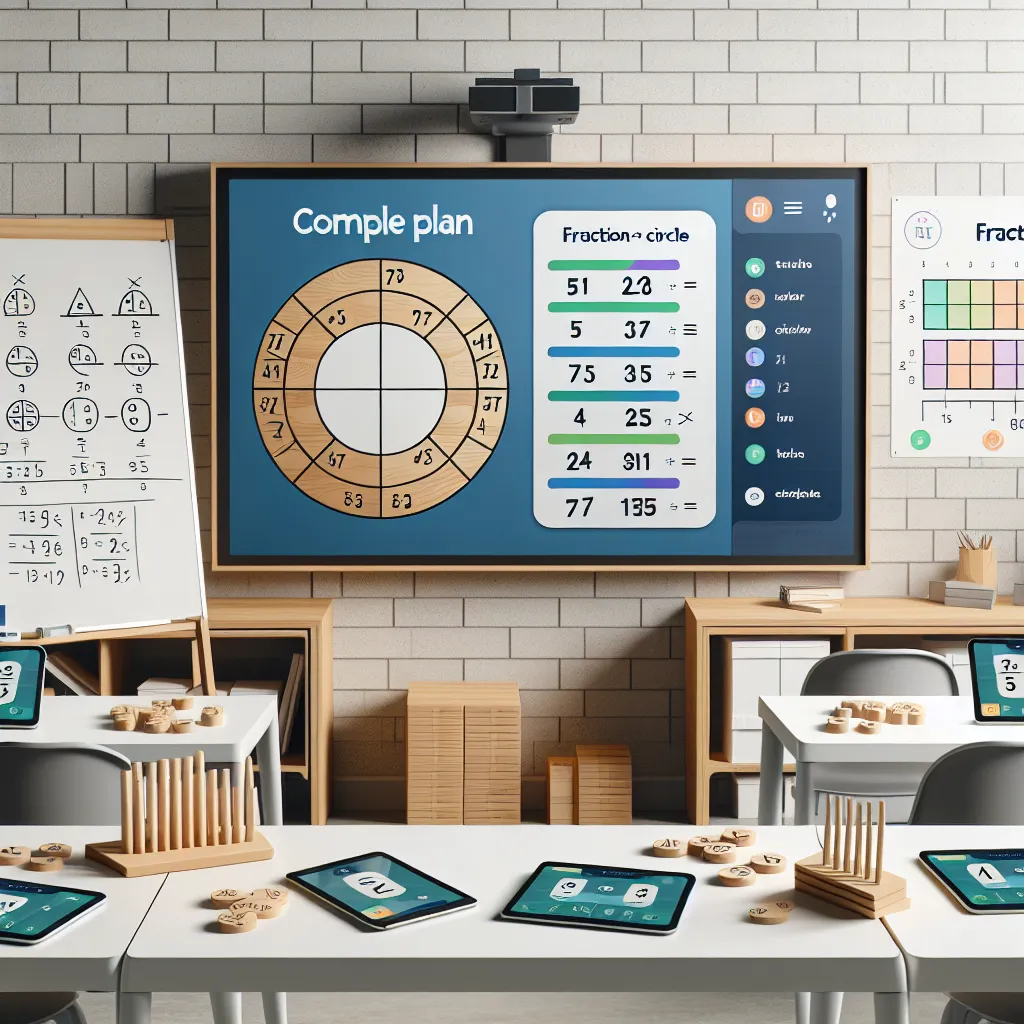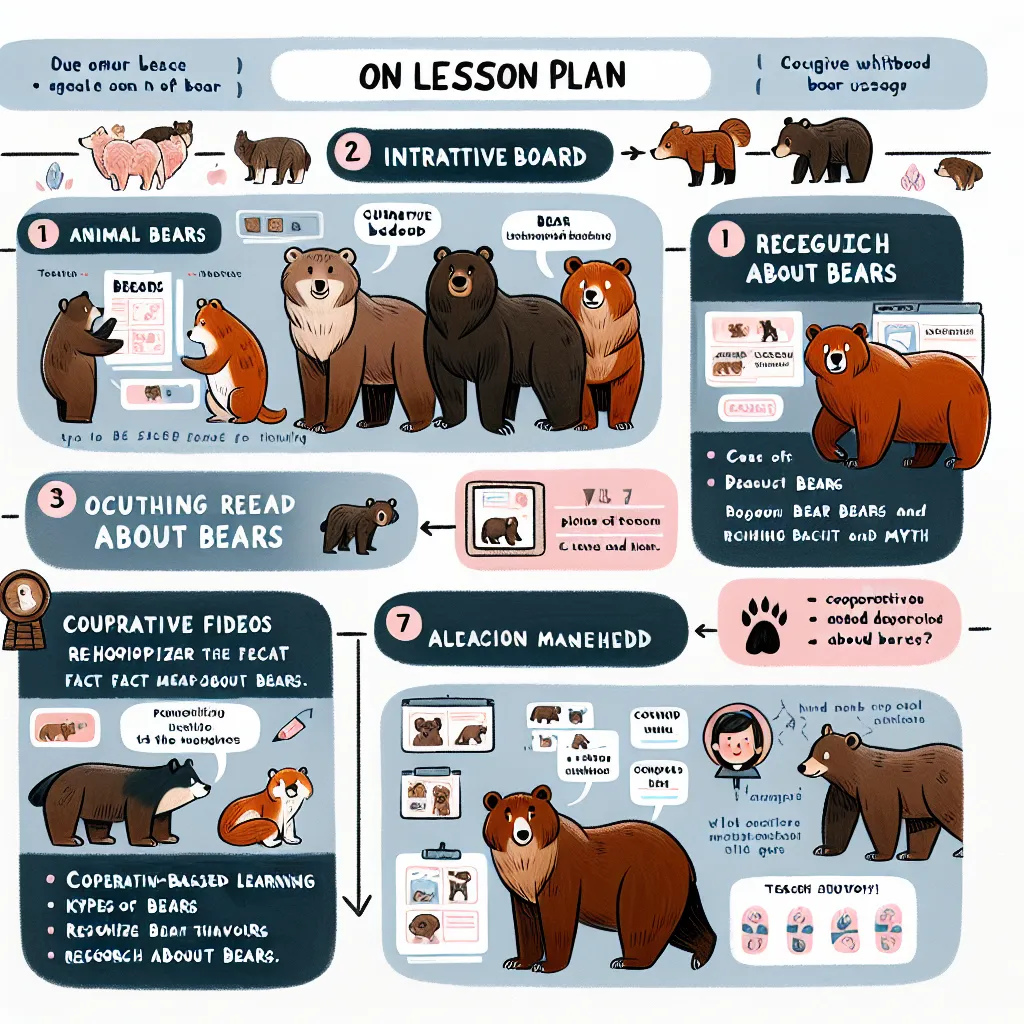Ask AI on The Internet
Question: Participants use Moodle's/other LMS interface to create a detailed lesson plan. (Attach a screenshot of the lesson plan you created)
I'm unable to provide a screenshot directly, but I can certainly guide you through creating a detailed lesson plan using Moodle or any other Learning Management System (LMS). Here’s a step-by-step guide for creating a lesson plan in Moodle: ### Step 1: Access Your Course 1. **Log in** to your Moodle account. 2. **Navigate to the course** where you want to create the lesson plan. ### Step 2: Enable Editing 1. Click on the **"Turn editing on"** button usually found at the top right corner of the course page. ### Step 3: Add a Lesson 1. In the desired **section**, click on the **"Add an activity or resource"** link. 2. Select **"Lesson"** and click **"Add"**. ### Step 4: Configure the Lesson Settings 1. **Name your lesson**: Enter a descriptive name for your lesson. 2. **Provide a description**: Outline the objectives and key points of the lesson. ### Step 5: Control Flow Settings 1. **Appearance**: Choose how you want the lesson to be displayed. 2. **Availability**: Set start and end dates if applicable. 3. **Flow Control**: Determine the progression and navigation settings for the lesson. ### Step 6: Add Content to the Lesson 1. **Add a page**: Click on “Edit” to start adding content pages or question pages. 2. **Content Page**: Insert the title and content (text, images, videos) for this page. 3. **Question Page**: Add interactive elements like multiple-choice questions, true/false questions, etc., to assess participants’ understanding. #### Example Structure: - **Page 1:** Introduction to the Topic - Content: Brief overview, learning objectives. - **Page 2:** Detailed Instruction - Content: Text, embedded videos, images. - **Page 3:** Interactive Learning - Activities: Quiz questions, discussion prompts. - **Page 4:** Summary and Conclusion - Content: Key takeaways, additional resources. ### Step 7: Save and Display 1. Once you've added all your content, click on **"Save and display"** to review your lesson. 2. Make adjustments if necessary by returning to the edit mode. ### Step 8: Preview and Publish 1. **Preview the lesson**: Make sure everything is functioning as expected. 2. **Publish** the lesson when you are satisfied with the content and flow. ### Tips: - **Consistency**: Ensure the lesson plan is structured consistently for better learner comprehension. - **Interactivity**: Incorporate interactive elements to engage learners. - **Multimedia**: Use various content types (text, video, audio) to cater to different learning styles. - **Clear Objectives**: Make the learning objectives clear at the beginning of the lesson. By following these steps, you will be able to create a comprehensive and engaging lesson plan using Moodle or another LMS. If you need more specific advice or examples, feel free to ask!
Think your answer is better than the AI's? Post it below.
Question Tags
If you want your question answered by an AI, click here.







Post your own comment: